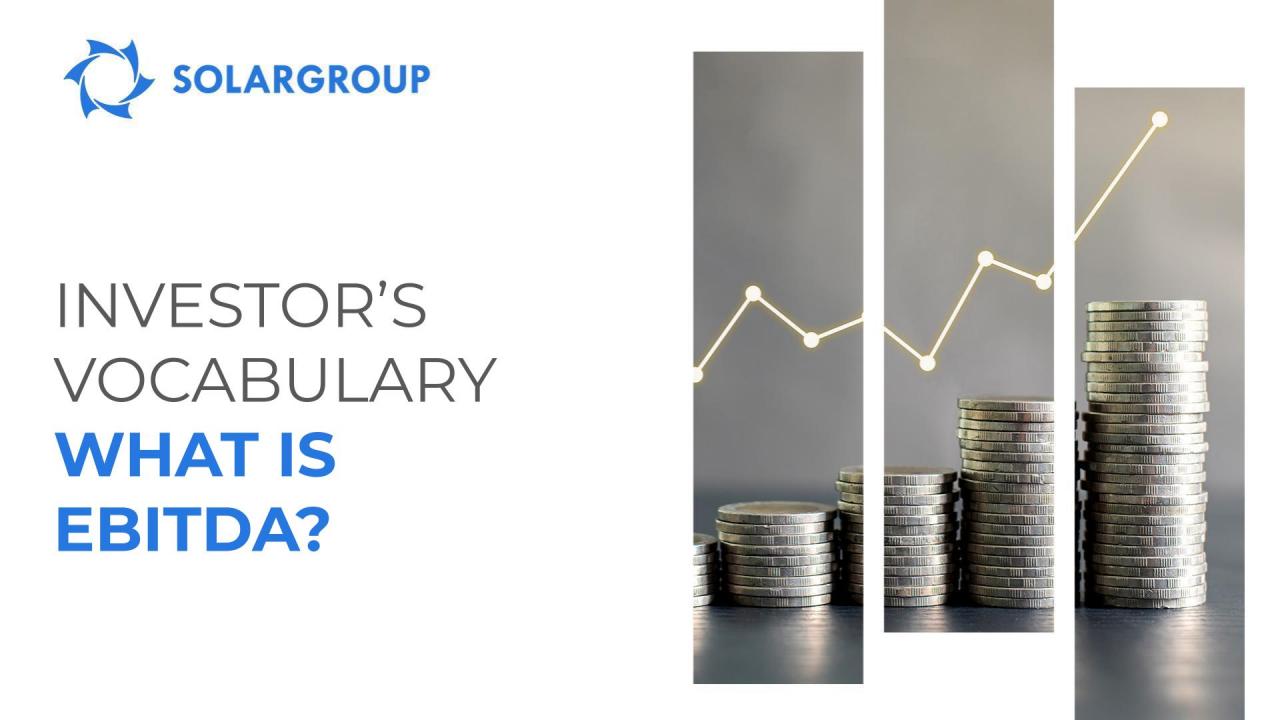
#Investor's vocabulary: what is EBITDA?
If you at least occasionally look at the financial statements of public companies or read the columns of financial periodicals, you have probably come across the abbreviation EBITDA. Some readers may think that this term is a newly coined swear word, but it's not quite true.
The concept of EBITDA is an important financial indicator that reflects the size of the company's earnings before interest, taxes, depreciation and amortization on major intangible assets are deducted from it. Thus, EBITDA demonstrates the ability of an organization to generate financial flow without taking into account its payment obligations, and is also suitable for analyzing the debt load of a business.
Besides, EBITDA is convenient for international evaluation of companies in the same industry. Leading rating agencies give more importance to this indicator than to others because it allows analysts to compare the characteristics of organizations from different countries. This is possible because the following regional factors do not affect the calculation of EBITDA:
- different tax systems and rates applicable in different countries;
- differences in the loan system and the amount of accrued interest;
- the difference in depreciation accounting systems and the number of units of equipment used.
There are two main ways to calculate EBITDA. The "bottom-up" formula looks like this
EBITDA = Net income + Accrued income tax + Accrued interest on loans + Depreciation of fixed assets and intangible assets.
If you use this method, plenty of items of non-operating expenses and income, as well as one-off gains and losses that affect the overall picture will be included in the calculation.
The "top-down" formula looks like this
EBITDA = Operating profit + Expenses for depreciation of fixed assets + Expenses for amortization of intangible assets.
This formula is easier to understand. Besides, when calculating the indicator this way, it is difficult to make a mistake or use it to mislead shareholders.
However, companies can use additional methods to adjust the final figures, and this should be taken into account in the analysis.
Experts are ambivalent about the EBITDA indicator, but agree that it is necessary for fundamental analysis of the company's shares. Every investor needs to understand how it is calculated: EBITDA can be used to determine whether an organization is able to reinvest money, develop, and meet its debt obligations in the future. In view of the abovementioned, EBITDA should not be considered as the main indicator of the organization's performance, but it should certainly be taken into account when making conclusions about the company as a promising investment object.

